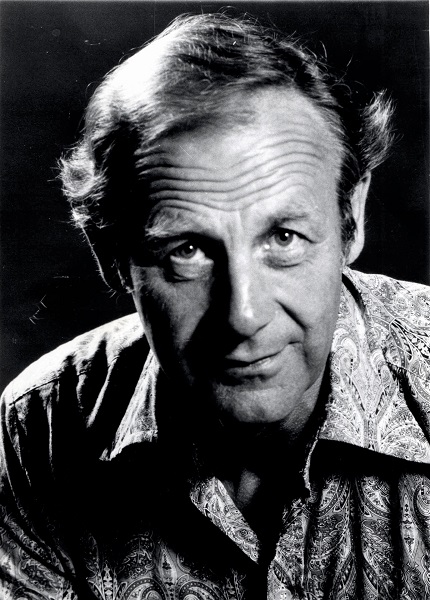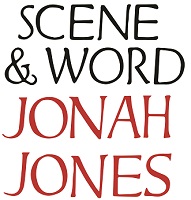
Jonah Jones (17 February 1919–29 November 2004) was born Leonard Jones in the north east of England, but was known as a Welsh sculptor, writer and artist-craftsman. He worked in many media, but is especially remembered as a sculptor in stone, letter-cutter, glass-maker, and painter of fine inscriptions.

Life
The eldest of four children, Jonah Jones was born in 1919 near Wardley, Tyne and Wear. His father was a local man who had been a coalminer before being invalided in the First World War; his mother came from Yorkshire.
Registering in the Second World War as a conscientious objector, Jonah Jones was later enlisted as a non-combatant in the British Army. He served in 224 Parachute Field Ambulance, within the 6th Airborne Division, taking part in the Ardennes campaign and the airdrop over the Rhine at Wesel in March 1945.
Following demobilisation in 1947, Jonah Jones’s career began in North Wales at the Caseg Press with the artist John Petts, followed soon after by a short, intensive stay at the workshop of the late Eric Gill, where he learned the techniques of lettering and carving in stone. During the 1950s Jonah Jones established a full-time workshop practice, one of the few at that time in Wales who were able to earn a living solely from their art.
Art
Jonah Jones worked in many media, but made his mark as a sculptor in stone, letter-cutter and painter of vernacular lettering. He taught himself the traditional techniques of stained and leaded glass and the newer ones of concrete glass and dalles-de-verre. He painted in watercolour, a medium in which he also produced a distinctive body of work based on vernacular inscriptions, a technique in which the artist and poet David Jones was a major influence. He also produced two published novels, a book of largely autobiographical essays, an illustrated book about the lakes of North Wales, and a biography of Clough Williams-Ellis, the architect of Portmeirion.

Photographs: Stephen Brayne (first and third); Oriel Plas Glyn-y-Weddw (second).
Jonah Jones’s major public commissions included work for the chapels of Ratcliffe College, Leicestershire; Ampleforth College, North Yorkshire; and Loyola Hall, Rainhill, Merseyside; St Patrick’s Catholic church, Newport, Monmouth; the National Museum Cardiff; Coleg Harlech, Gwynedd; and Mold Crown Court, Flintshire.
Public service
He found time, too, to work in the field of art education. From 1960–1971 he was a member of the NCDAD, the National Council for Diplomas in Art and Design. Chaired by Sir John Summerson, the NCDAD implemented the Dip AD (Diploma in Art & Design) system set up by the NACAE (National Advisory Council on Art Education), which had published a series of reports on reforming the structure of art and design education. For many years after he was an external assessor to many colleges of art throughout the UK. From 1974–1978 he was the principal of Dublin’s National College of Art and Design and a director of the Kilkenny Design Workshops.
